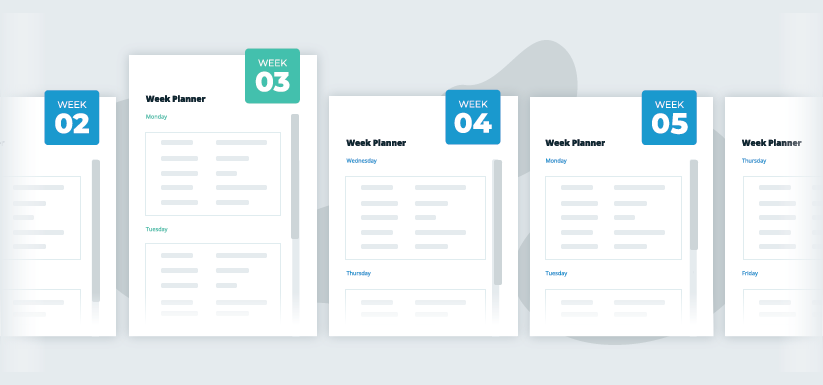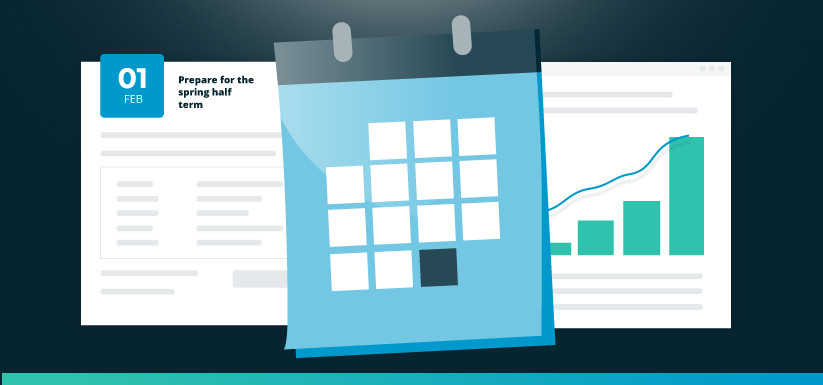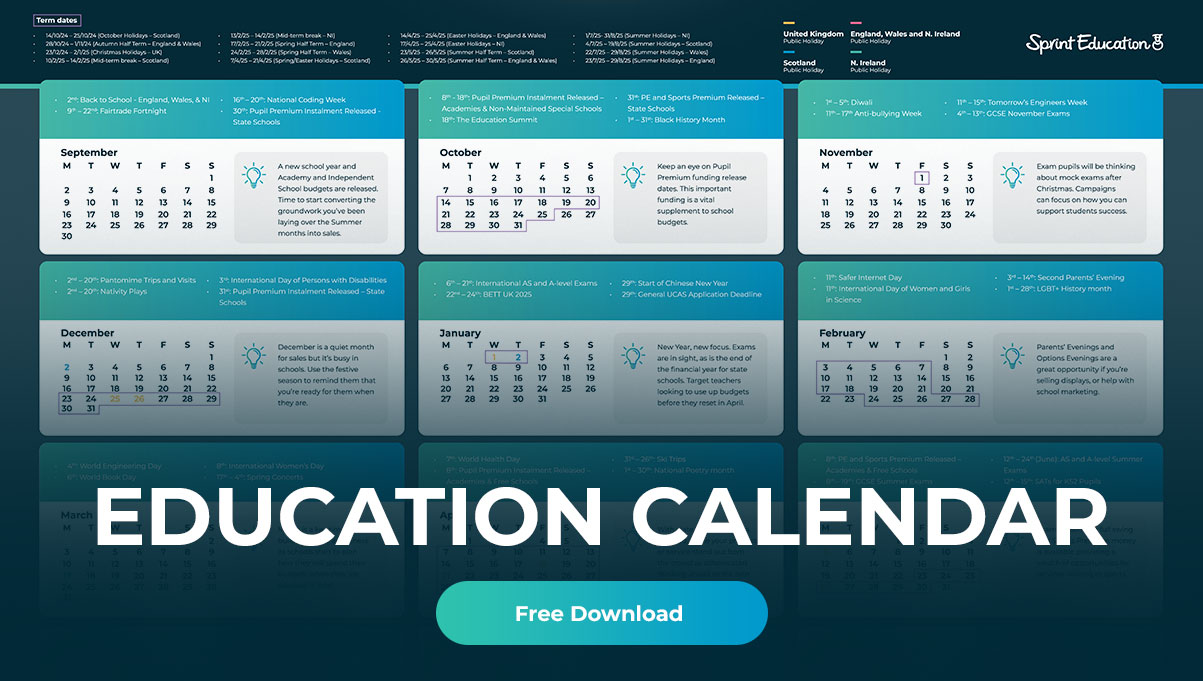The Battle in the Inbox: Round 3 - Getting Responses
The Battle in the Inbox: Round 3 - Getting Responses
Today is the final part of my analysis of what happened when two premises companies used an email campaign to promot...
Today is the final part of my analysis of what happened when two premises companies used an email campaign to promot...
Today is the final part of my analysis of what happened when two premises companies used an email campaign to promote the same service to schools, but went about it in very different ways. You can see the full infogram again here, or if you’re only just joining us, you might want to catch up by reading Round 1 – Getting the Email Opened and Round 2 – Getting Engagement.
Up until this point, Company B has been putting Company A to the sword by getting more teachers opening their email and a higher click through rate. Today sees Company B delivering the knockout blow by generating a pretty beastly 91 responses, compared to Company A’s rather paltry 2.
I’m going to draw your attention to 3 factors that contributed to Company B being able to generate so many more responses from their marketing to schools:
1. The Landing Page
The landing page is the page on your website that teachers click through to from your email. We sometimes refer to your landing page as your star striker because no matter how much interest your email generates, it’s often your landing page that actually puts the ball in the back of the net (converts that interest into responses).
It’s widely accepted that when teachers click onto your website, they will make up their minds within 5 seconds whether to read in more detail or exit. So the worst thing you can do is to make your landing page so daunting that teachers give up before you’ve had a chance to get your message across to them.
We recently published a whitepaper on landing pages. In this whitepaper we conclude that the best landing pages are a) concise and use headings to break up the text and aid skim reading, and b) utilise images to help teachers understand your message quickly, without having to read banks of text.
This is exactly what Company B did with their landing page. They kept it very digestible by restricting their landing page to just 130 words, and breaking up this text with 4 sub headings and 7 images. After 5 seconds any teachers looking at this landing page could have picked up numerous clues to help them decide whether this was of interest to them.
Teachers who viewed Company A’s landing page however, would have just seen a heck of a lot of text and many would have decided that they simply didn’t have the time to spend reading it in detail to find out what it was about.
2. Additional calls to action on email
These emails were all about trying to secure as many meeting requests from teachers as possible. Therefore everything in the email needed to lead towards this end.
However, Company A couldn’t resist including an additional call to action in their email to download a free guide. While it’s very tempting to try to include as much ‘good stuff’ in your email as possible, we nearly always find that including more than one call to action in your email waters down your overall message and provides an opportunity for teachers to get distracted from the path you want to shepherd them down.
3. Format of meeting request call to action
Although both campaigns had a call to action that asked the teacher to request a meeting at their school, each framed that call to action very differently.
Company A’s campaign utilised a button that read, ‘Request a Free Consultation’. When the teacher clicked this, they were then asked to complete a form with their personal details (name, school, telephone number, postal address). This all seems very formal and may have put off some teachers who felt uncomfortable with giving up so many details. It also required around 2 minutes of their time to complete.
Company B on the other hand simply asked the teacher to reply to the email and they would then get in touch to arrange a convenient time to meet. This informal approach worked far better as it was simpler, required just 10 seconds of the teacher’s time and didn’t feel like a big commitment.
Tags
Marketing to Schools
Email Landing Pages
How to Sell to Schools
School Premises
Emailing Bursars
Similar Articles


Your Six-Week Edu-Marketing Countdown to the Summer Holidays
Get your free six-week marketing plan to boost your selling-to-schools strategy ahead of the summer holidays, and secure even more sales come September.


Essential Education Marketing Hotspots | February and March
Transform your education marketing approach with our round-up of important school events this February and March.


Expert marketing to schools support and solutions
Expert marketing to schools solutions
Email Head Teachers, Teachers, and Staff Inboxes
Email teachers and staff inboxes
Sell More to UK and Global Schools and Colleges
Sell more to schools and colleges

























